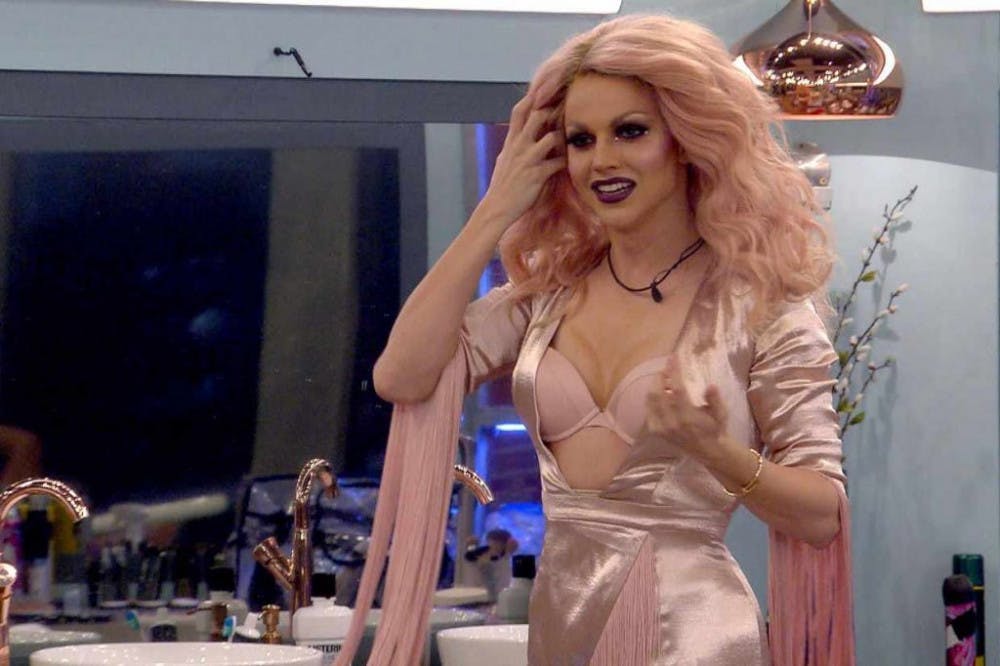by Matthew Yapp
The world is a stage, and while some are content to perform on that stage in everyday clothing there are many who would prefer something with a little more flair. That’s where drag comes in. Drag has been a staple of the queer community from the very beginning; drag performers going all the way back to Stonewall have been trailblazers for the LGBTQ+ community. We still see this today, with some of the most prominent and vocal names in the community doing drag, but what exactly is drag? While many see it as men dressing as women, it goes far deeper than that. We got the opportunity to speak with a Muncie-based drag queen, Aura Aurora, and learn what drag means to them, their drag experience, and the changes they’ve seen in the drag world.
In our interview Aura discusses how she has seen anyone from transgender women to straight men doing drag which comes as a shock to many. Two of the most prominent queens of all time are the legendary Divine, known for Hairspray and Pink Flamingos, and RuPaul, known for her music career and talk show in the late 90’s. Both queens are cisgender, meaning they identify with the gender they were assigned at birth. Because of well-known names like theirs and other queens held to the same caliber, it became the standard that a drag was just a gay man dressed up as a woman.
Generally, during a drag show people get on stage in over-the-top clothing: giant gowns, huge hair, and dramatic makeup. The act itself can be anything from stand-up to dancing, but the vast majority of drag performers find a way to incorporate lip-synching one way or another. While men usually choose to perform songs by women and vice versa, drag isn’t necessarily about performing as the opposite gender. Drag is just about performing gender by taking societies perceptions of what a man or what a woman should look like and turn that into a show. In fact, Marsha P. Johnson, one of the biggest names to come out of Stonewall, was both transgender and a drag queen. While cisgender men are still considered the norm in drag, great strides have been made in getting away from that idea with huge names like Peppermint, the RuPaul’s Drag Race season nine runner-up who came into the limelight to represent trans queens.






















